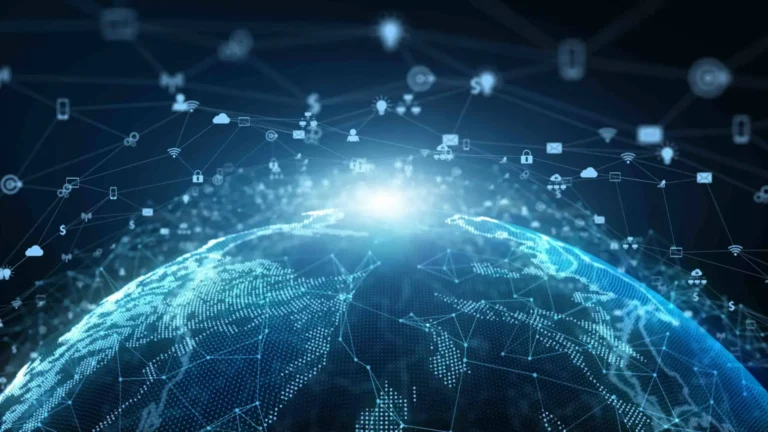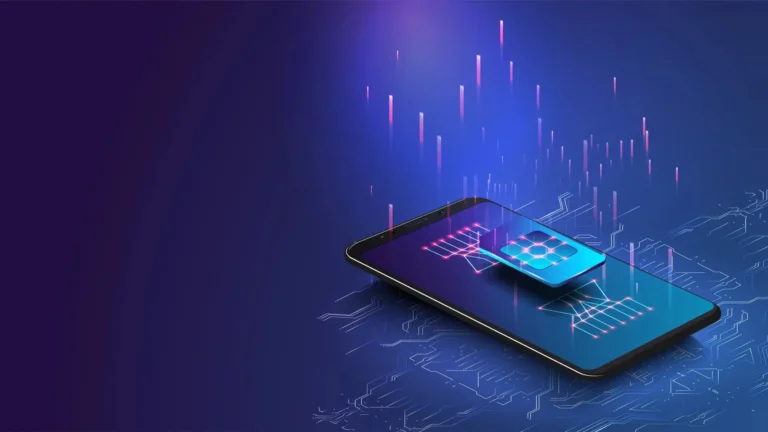
IoT in Disaster Management and Response
Natural disasters, from earthquakes and floods to wildfires and hurricanes, pose significant threats to communities worldwide. Effective disaster management and response are crucial for minimizing casualties, protecting infrastructure, and facilitating swift recovery. The Internet of Things (IoT) is playing an increasingly vital role in enhancing disaster preparedness, response, and recovery efforts, providing real-time data, enabling rapid communication, and strengthening overall resilience.
The Challenges of Traditional Disaster Management
Traditional disaster management systems often face challenges such as:
- Limited Real-Time Information: Lack of timely data on disaster impact and affected areas.
- Communication Disruptions: Damage to infrastructure can disrupt communication networks.
- Inefficient Resource Allocation: Difficulty in coordinating and deploying resources effectively.
- Delayed Evacuation and Rescue Operations: Inability to locate and assist affected individuals quickly.
- Difficulty in Assessing Damage: Inaccurate or delayed damage assessments hinder recovery efforts.
How IoT is Enhancing Disaster Management and Response
IoT technologies are addressing these challenges by providing:
Real-Time Monitoring and Sensing
- Sensors deployed in vulnerable areas monitor environmental conditions, such as water levels, seismic activity, and air quality.
- Real-time data is transmitted to centralized platforms, providing early warnings of impending disasters.
Enhanced Communication and Connectivity
- IoT-enabled communication devices, such as satellite-connected sensors and mesh networks, maintain connectivity even when traditional infrastructure is damaged.
- Mobile apps and emergency alert systems provide timely information to affected individuals.
Smart Evacuation and Rescue Operations
- GPS trackers and location-based services help to locate and assist individuals in distress.
- Drones equipped with cameras and sensors can conduct search and rescue operations in inaccessible areas.
Infrastructure Monitoring and Damage Assessment
- Sensors embedded in bridges, buildings, and other infrastructure monitor structural integrity.
- Drones and satellite imagery provide real-time damage assessments, aiding in resource allocation and recovery planning.
Resource Management and Logistics
- IoT-enabled tracking systems monitor the location and status of emergency supplies and equipment.
- Data analytics optimize resource allocation and logistics, ensuring timely delivery of aid.
Early Warning Systems
- Sensors can detect the early signs of natural disasters such as flooding or brush fires.
- Automated alerts can be sent to residents, emergency services, and relevant authorities.
Crowdsourced Data
- Mobile apps can allow citizens to report damages, hazards, or needs directly to emergency services.
Benefits of IoT in Disaster Management and Response
- Improved Early Warning Systems: Timely alerts enable proactive evacuation and preparedness.
- Enhanced Situational Awareness: Real-time data provides a comprehensive view of disaster impact.
- Faster Response Times: Automated alerts and optimized logistics enable rapid deployment of resources.
- Improved Resource Allocation: Data-driven insights optimize resource allocation and logistics.
- Enhanced Safety and Security: Real-time monitoring and communication improve safety for responders and affected individuals.
- Faster Recovery: Accurate damage assessments and efficient resource management facilitate rapid recovery.
Challenges and Considerations
- Data Security and Privacy: Protecting sensitive data is paramount.
- Network Reliability: Ensuring reliable connectivity in disaster-stricken areas is crucial.
- Interoperability: Integrating IoT devices and platforms from different vendors can be challenging.
- Cost of Implementation: Implementing IoT solutions can require significant upfront investment.
- Power Supply: In a disaster, power supply is often compromised, so devices need to be low power, or have backup systems.
The Future of IoT in Disaster Management
As IoT technologies continue to advance, we can expect to see:
- Increased adoption of AI and machine learning for predictive analytics and disaster forecasting.
- Greater integration of IoT with other technologies, such as blockchain and robotics.
- Development of more resilient and adaptable IoT infrastructure for disaster-prone areas.
- Expansion of IoT applications to new areas of disaster management, such as climate change adaptation and resilience building.
By embracing IoT, communities can strengthen their resilience and minimize the impact of natural disasters.



